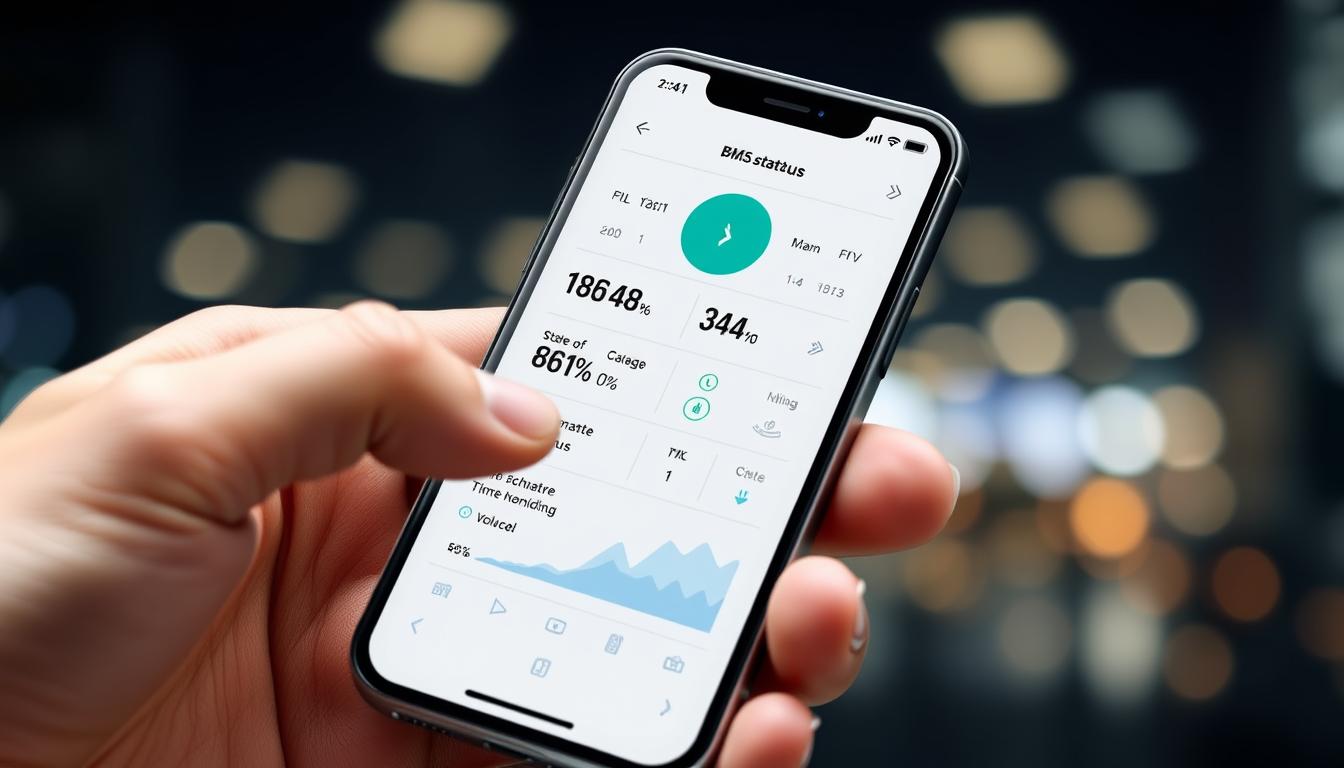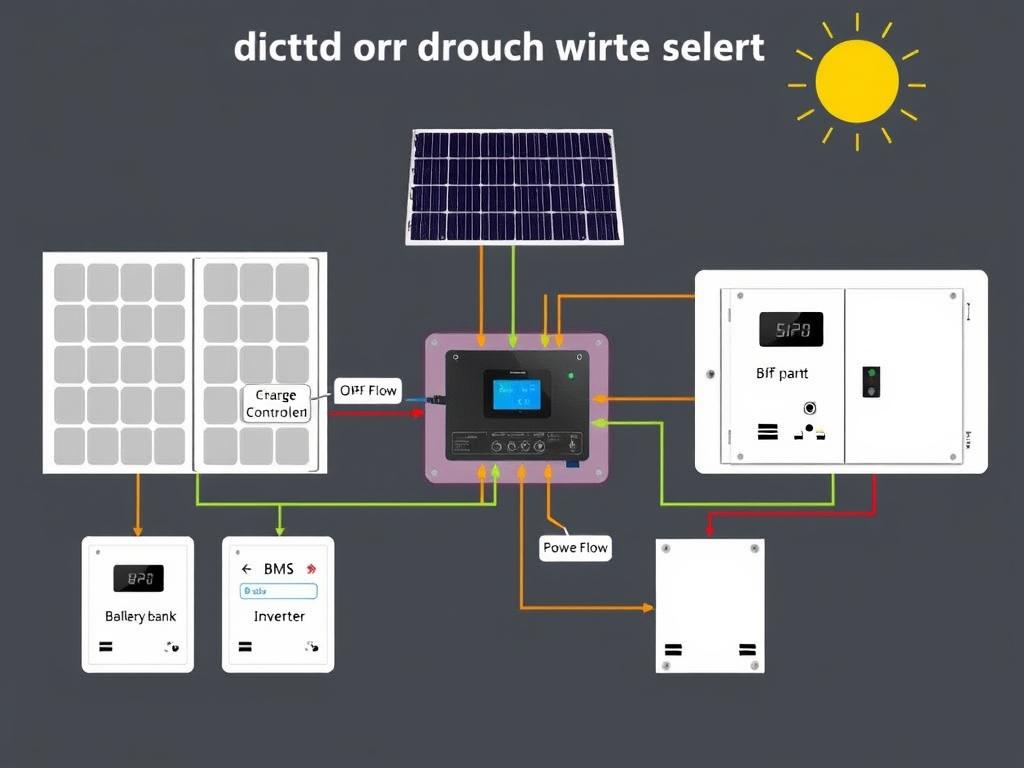
Battery Management Systems (BMS) are critical components that protect and optimize the performance of lithium battery packs. However, navigating BMS pricing can be challenging with options ranging from $20 budget models to $500+ industrial solutions. This guide breaks down the key factors influencing BMS battery management system prices, provides current market ranges, and helps you determine the best value for your specific application.

Key factors that determine BMS battery management system pricing
The number of cells your BMS can monitor and balance directly impacts its price:
Each additional series connection requires more monitoring circuits, balance channels, and protection components, driving up manufacturing costs and retail prices.
The maximum current a BMS can safely handle is a major price determinant:
| Amperage Rating | Typical Applications | Average Price Range |
| 20-50A | Small DIY projects, light e-bikes | $30-100 |
| 80-120A | Home energy storage, RVs, boats | $80-200 |
| 150-200A | EV conversions, large solar systems | $150-300 |
| 250A+ | Industrial applications, high-power EVs | $250-500+ |
Higher amperage BMS systems require more robust MOSFETs, thicker PCB traces, better heat dissipation, and higher-quality components, all contributing to increased costs.

Active balancing technology can add 50-200% to the cost of a BMS but offers significant efficiency advantages for larger systems where the energy savings justify the higher initial investment.
Smart features significantly impact BMS pricing:

Smart BMS with Bluetooth connectivity and mobile app monitoring
Smart BMS features provide valuable monitoring capabilities but can double the price of an otherwise identical system. For critical applications where monitoring is essential, this additional cost is typically justified.
Our experts can help you navigate the technical specifications and find the perfect balance between features and budget for your specific application.
Get Expert Advice
BMS options across different price ranges and specifications
These entry-level systems are ideal for small LiFePO4 battery packs used in light applications:
$20-50
Best for: DIY projects, small battery packs, light-duty applications
$50-100
Best for: RVs, small solar systems, marine applications
$100-200
Best for: Critical systems, high-cycle applications
Mid-range systems suitable for larger energy storage applications:

Real-world example: A DALY 8S 24V 100A LiFePO4 BMS with Bluetooth typically costs $150-200, while the same model without Bluetooth might be $100-150. For a 24V 200A model with active balancing, expect to pay $250-350.
Higher-end systems for solar energy storage and electric vehicle applications:
| BMS Configuration | Current Rating | Balancing Type | Smart Features | Average Price (2024) |
| 16S (48V) Basic | 30-50A | Passive | None | $80-120 |
| 16S (48V) Standard | 80-100A | Passive | Bluetooth | $150-200 |
| 16S (48V) Advanced | 150-200A | Passive | Bluetooth + LCD | $200-300 |
| 16S (48V) Premium | 150-200A | Active (1-2A) | Bluetooth + CAN | $300-450 |
Real-world example: A JK BMS 16S 48V 100A with 2A active balancing and Bluetooth typically costs $300-400, while a comparable DALY BMS with passive balancing might cost $200-250.
Specialized systems for industrial applications and high-power electric vehicles:
At these voltage levels, safety certifications and reliability become critical factors, justifying the significant price premium.

Visual comparison between consumer and industrial-grade BMS systems
| Feature | Entry-Level BMS | Industrial-Grade BMS | Price Impact |
| Component Quality | Consumer-grade | Military/automotive-grade | +100-200% |
| Operating Temperature | 0°C to 45°C | -40°C to 85°C | +50-100% |
| Certifications | Few or none | UL, CE, ISO, etc. | +100-300% |
| Redundancy | Minimal | Multiple safety systems | +50-150% |
| Warranty | 0-1 year | 3-5+ years | +30-80% |
"The difference between consumer and industrial BMS isn't just about current handling or cell count—it's about reliability in mission-critical applications where failure isn't an option."
For critical systems where reliability is paramount, our industrial-grade BMS solutions offer certified performance and extended warranties.
Explore Industrial BMS Options
Home solar energy storage system with BMS protection
For EV conversions and electric vehicles, BMS selection directly impacts safety, range, and battery longevity:
For a typical 16S 48V EV battery pack worth $2,000-3,000, investing in a $300-500 premium BMS represents just 10-15% of the total battery cost while potentially extending battery life by 30-50% – a clear economic advantage.

For home energy storage systems, BMS selection impacts system reliability and battery ROI:
Real-world example: A 48V 200Ah LiFePO4 battery bank (approximately $2,500) paired with a $350 premium BMS with active balancing can achieve 2,000+ more cycles compared to using a basic $100 BMS – translating to years of additional service and thousands in saved replacement costs.
Cost-Benefit Insight: For battery banks over $1,000 in value, investing in a premium BMS typically pays for itself within 1-2 years through extended battery life and improved efficiency.

Making an informed BMS selection based on application requirements
Calculate your maximum continuous and peak current requirements, then select a BMS rated for at least 20% higher capacity. For example, if your system draws 80A peak, choose a 100A or higher BMS to ensure safe operation and longer component life.
A $200 BMS with active balancing that extends battery life by 30% is more economical than a $100 passive BMS if your battery bank costs over $1,000. Calculate the per-cycle cost rather than focusing solely on upfront price.
For remote or critical systems, spending an extra $50-100 for Bluetooth monitoring capabilities provides invaluable real-time data and early warning of potential issues. For simple, accessible systems, basic models may suffice.

LiFePO4, Li-ion, and LTO batteries have different voltage ranges and safety parameters. A BMS specifically designed for your battery chemistry (with appropriate voltage cutoffs) can cost 10-20% more but prevents potentially catastrophic failures.
Premium brands like DALY and JK BMS typically cost 20-30% more than generic alternatives but offer better documentation, firmware updates, and technical support. For critical applications, this premium is well justified.
Pro Tip: Many BMS failures occur due to improper installation rather than product defects. If you're new to battery systems, factor in the cost of professional installation or detailed documentation when comparing options.
Browse our curated selection of battery management systems for every application and budget.
Shop BMS Systems Request Custom QuoteNot necessarily. The "best" BMS is one that matches your specific requirements without unnecessary features. For small DIY projects, a basic $50 BMS may be perfectly adequate, while critical systems benefit from premium features. Focus on specifications that matter for your application rather than price alone.
As a general rule, allocate 10-15% of your total battery system cost for the BMS. For example, for a $2,000 battery bank, a $200-300 BMS represents a balanced investment that protects your larger battery investment while providing appropriate features.
Bluetooth monitoring typically adds $30-60 to BMS cost but provides valuable insights into battery health and performance. For systems that are difficult to access physically or where performance monitoring is important, this additional cost is usually justified. For simple, accessible systems, basic models may suffice.
LiFePO4 BMS systems typically cost 10-20% more than comparable Li-ion BMS systems due to the wider cell voltage range they must manage (2.5V-3.65V vs. 2.8V-4.2V) and the higher current handling often required for LiFePO4 applications. However, the exact price difference varies by manufacturer and specifications.
The BMS battery management system price range is wide, from $20 budget models to $500+ premium systems, reflecting the diverse needs of different applications. By understanding the key factors that influence pricing—cell count, amperage, balancing technology, and smart features—you can make an informed decision that balances cost with the specific requirements of your project.
Remember that a BMS protects your entire battery investment, making it one of the most important components in any lithium battery system. While it may be tempting to economize on this component, the right BMS pays dividends through extended battery life, enhanced safety, and improved system performance.
Our battery experts can help you navigate the options and find the perfect balance between features and budget for your specific application.
Contact Our BMS Specialists